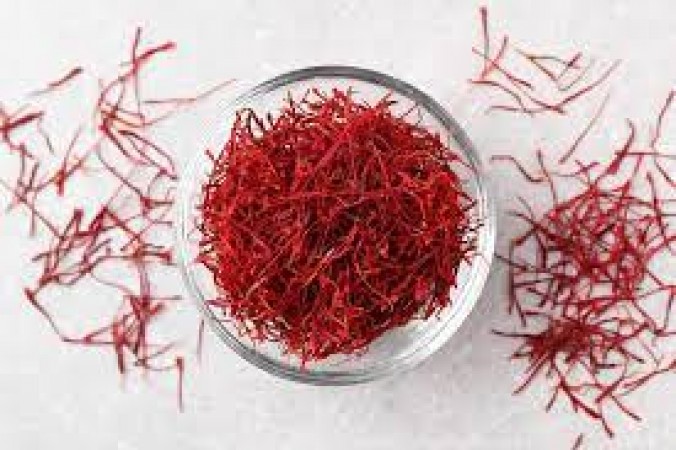
Saffron, the world's most expensive spice, has long perplexed consumers with its hefty price tag. Let's delve into the factors that contribute to its premium cost and why it remains a prized commodity in various cultures.
Labor-Intensive Cultivation
Saffron comes from the Crocus sativus flower, commonly known as the saffron crocus. Cultivating this spice requires meticulous care and attention. Each delicate flower produces only three crimson stigmas, which are handpicked with precision. This labor-intensive process significantly drives up production costs.
Limited Geographic Distribution
The saffron crocus thrives in specific climatic conditions, predominantly in regions with hot summers and cold winters. Iran, Spain, and Kashmir are among the few places where saffron cultivation flourishes. The limited geographic distribution further contributes to its scarcity and elevated prices.
Manual Extraction
Unlike other spices that can be mechanically harvested, saffron harvesting remains a predominantly manual endeavor. Skilled workers delicately pluck the crimson stigmas from each flower by hand, ensuring optimal quality. This intricate process demands time, patience, and expertise, adding to the overall cost of production.
Low Yield
Despite its laborious cultivation, saffron yields relatively low quantities per flower. It takes approximately 150 flowers to yield just one gram of saffron threads. This low yield further amplifies its scarcity and drives up prices in the market.
Stringent Grading Criteria
Saffron's value is not solely determined by its scarcity but also by its quality and purity. Consumers demand saffron that exhibits vibrant color, potent aroma, and robust flavor. To meet these standards, saffron undergoes rigorous grading processes, with only the finest threads fetching premium prices.
Susceptibility to Adulteration
Due to its high value, saffron is often susceptible to adulteration, where inferior substitutes or fillers are mixed with genuine saffron threads. To ensure authenticity, consumers often opt for certified saffron from reputable sources, further driving up its market price.
Culinary and Medicinal Uses
Saffron boasts a rich history spanning centuries, revered for its culinary and medicinal properties. It imparts a distinct flavor and vibrant hue to dishes, making it a coveted ingredient in various cuisines worldwide. Additionally, saffron is hailed for its purported health benefits, ranging from mood enhancement to antioxidant properties, further fueling its demand.
Symbolism and Tradition
Beyond its culinary and medicinal applications, saffron holds symbolic significance in many cultures. It is often associated with prosperity, purity, and luxury, making it a prized ingredient in rituals, ceremonies, and celebrations. This cultural reverence amplifies its demand and justifies its premium price point.
Despite its exorbitant price tag, saffron continues to captivate consumers with its unparalleled flavor, aroma, and cultural significance. From the labor-intensive cultivation to its symbolic allure, various factors converge to justify its status as the world's most expensive spice.
Tata Motors increased the prices of commercial vehicles by 2 percent, will be effective from April 1.
BYD electric sedan launched in India, will compete with Hyundai Ioniq 5